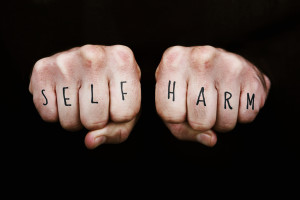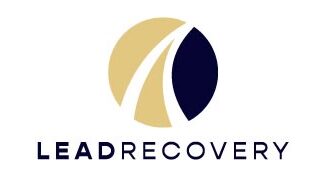 In their hard rock song, Hurt, the Nine Inch Nails sing the lyric “I hurt myself today, to see if I still feel. I focus on the pain, the only thing that’s real.” This lyric accurately depicts self-harm as a mechanism to cope with numbness and buried pain. If you have adopted this coping mechanism in your own life, you will be better served if you seek treatment before your body is scarred and broken from constant self-mutilation.
In their hard rock song, Hurt, the Nine Inch Nails sing the lyric “I hurt myself today, to see if I still feel. I focus on the pain, the only thing that’s real.” This lyric accurately depicts self-harm as a mechanism to cope with numbness and buried pain. If you have adopted this coping mechanism in your own life, you will be better served if you seek treatment before your body is scarred and broken from constant self-mutilation.
Contrary to common misperceptions, self-mutilation is neither a cry for help nor a person’s attempt to draw attention to himself or herself. Self-mutilators, or “cutters”, report that cutting their skin, burning themselves, preventing wounds from healing, and causing other injuries to themselves inexplicably help them feel better in response to sadness, self-loathing, guilt, or anger. In many ways, cutting and self-harm is analogous to drug addiction. Like drugs, cutting gives temporary relief but creates greater long-term problems. Drug users and cutters often try to cover up their actions. After a time, the initial temporary relief that is felt when a person starts to injure himself or herself gives way to nothing more than a desire to continue self-harm with no attendant relief being experienced by the cutter. Self-mutilators are left with nothing but deeper feelings of shame, loneliness or worthlessness as their actions grow deeper.
People who have succumbed to self-mutilation are generally unable to express their internal pain by any other means. Self-harm provides an escape valve for internal pain and frustration and replaces (however temporarily) the emotional turmoil that a self-mutilator might feel. The Nine Inch Nails song reflects a person’s attempt to feel something other than numbness. Feelings of emptiness are symptoms of deeper problems that cutting and self-mutilation will never cure.
If you are suffering from self-harm, your first order of business is to find someone who can listen to you without judging you. Many individuals will recoil at the thought of a person harming himself or herself. A trusted advisor or mentor may not be available, but qualified counselors and therapists will always be willing to listen to you. When you find that person and you start talking to him or her, do not focus on the specifics of how you harm yourself. Talk instead about your feelings that lead you to self-harm. Just the act of talking about your feelings can relieve some of the stresses that lead you to self-harm in the first instance.
If you would prefer not to talk with someone, try writing to that person or keeping a journal to record your thoughts. You do not need to share everything you feel or experience, but do try to open up, however slightly, about what you are feeling. If at first your confidant does not respond, give him or her time to digest your thoughts and feelings. If your trusted advisor is unable to help you, ask him or her for suggestions for someone who will. The key is to get outside of yourself and to begin sharing your thoughts with somebody else. This process alone will allow you to identify the triggers that lead you to incidents of self-harm.
When you have identified those triggers, try to find some other mechanism to cope with them. this might include reading, exercise, or some other stimulating activity that distracts you from the stresses that you associate with your self-harm actions. Do not discount the power of professional therapy or counseling. Your self-harm may be a response to a buried childhood trauma or to an anxiety or depression disorder. Your therapist can help you identify and understand that trauma and can give you additional exercises and techniques to cope with it.
If you do not have a friend or acquaintance with whom you can confide or you simply want more information about therapies and remedies for self-harm problems, please contact the staff and counselors at the Lead Recovery Center at 1-800-380-0012. We will give you professional and confidential assistance in a stress-free environment that will help you shed your self-harm desires.

